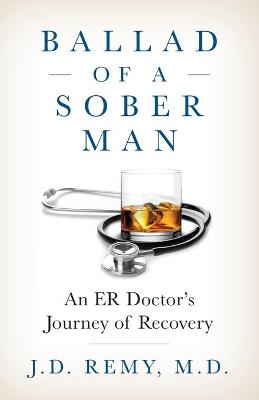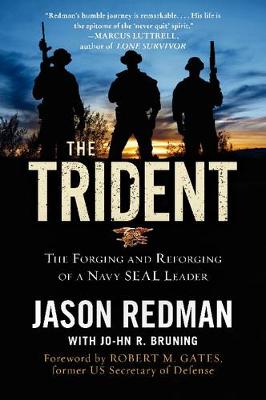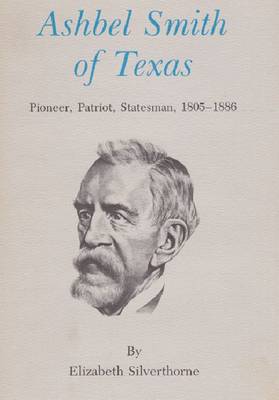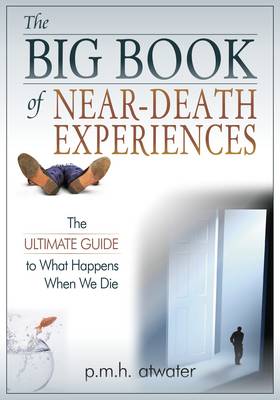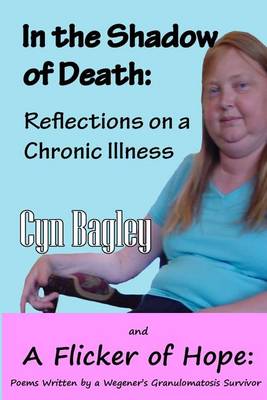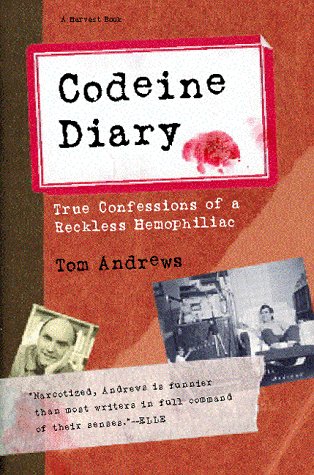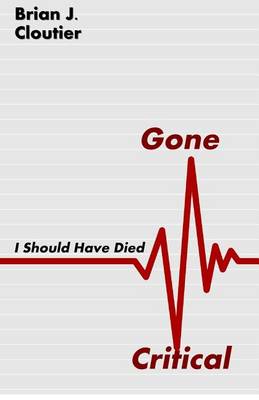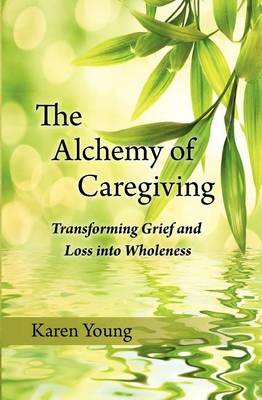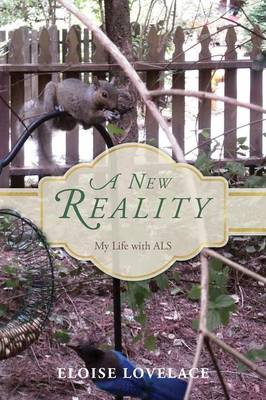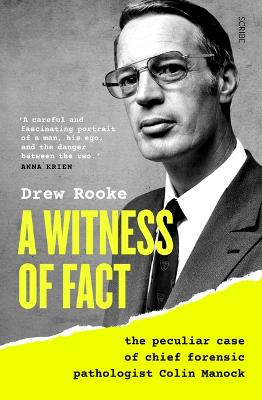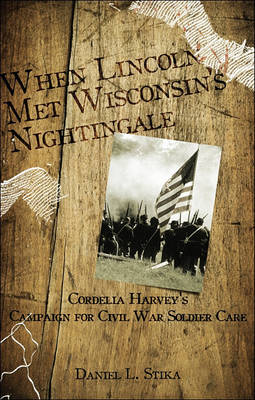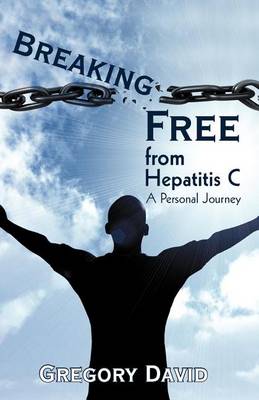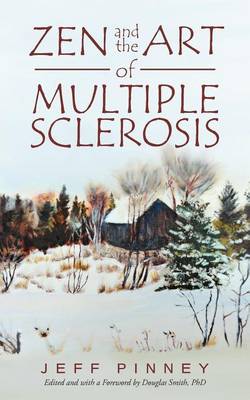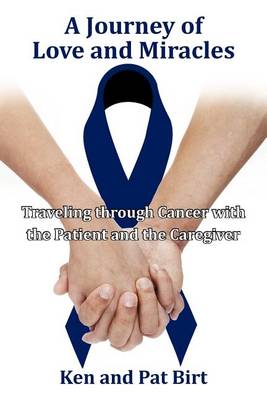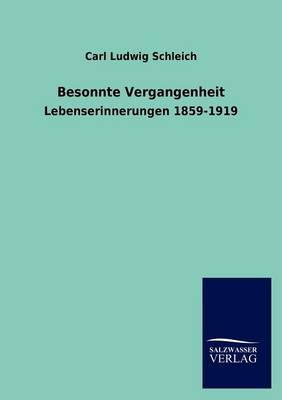Decorated US navy SEAL lieutenant Jason Redman was critically wounded in 2007 while leading a mission against a key al-Qaida commander, when his mobility and assault forces team was ambushed and he was struck by machine-gun fire at point-blank range. During the intense recovery that followed, Redman gained national attention after posting a sign on his hospital door that went on to become a symbol for wounded warriors everywhere. In this inspiring account he speaks candidly of his SEAL career an...
Though three times burned in effigy for his political activities, Ashbel Smith was an admired and influential leader in nineteenth-century Texas. A doctor educated at Yale and abroad, the "father of Texas medicine" championed higher standards of medical practice and helped found the state's medical society. He worked persistently to establish free public education in Texas and in his later years led the way in founding Prairie View State Normal School, the University of Texas (which he also serv...
The work of Dr. Cooper Curtice (1856–1939) played a major role in saving America's livestock industry in the years around the turn of the century. But as the new biography Beyond the Germ Theory shows, Curtice's career exemplifies not only the development of veterinary medicine in the U.S. but also how government agencies and professional jealousies affect the advancement of science.""Curtis did not receive the timely credit and recognition that was due him,"" author Jeanne N. Logue observes. Hi...
Longlisted for the RUNCIMAN AWARD, 2021Medicine is one of the great fields of achievement of the Ancient Greeks. Hippocrates is celebrated worldwide as the father of medicine and the Hippocratic Oath is admired throughout the medical profession as a founding statement of ethics and ideals. In the fifth century BC, Greeks even wrote of medicine as a newly discovered craft they had invented. Robin Lane Fox's remarkable book puts their invention of medicine in a wider context, from the epic poems o...
How I Became a Human Being (Wisconsin Studies in Autobiography)
by Mark O'Brien and Gillian Kendall
In September 1955, six-year-old Mark O'Brien moved his arms and legs for the last time. He came out of a 30-day coma to find himself in an iron lung, the machine in which he would live for much of the rest of his life. This volume is O'Brien's account of his struggles to lead an independent life despite a lifelong disability. He describes growing up without the use of his limbs, his adolescence struggling with physical rehabilitation and suffering the bureaucracy of hospitals and institutions, a...
